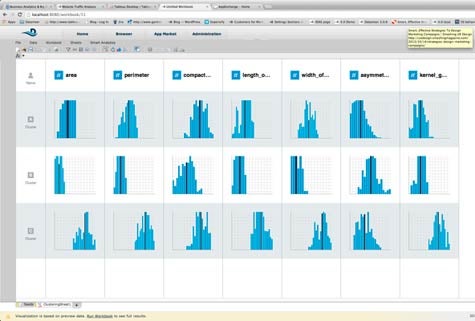What makes Hadoop really compelling from an analytics perspective is the simple fact that it allows schemas to be dynamically formed on each data read. That means that instead of IT spending most of their time cleaning up data to fit within the context of some pre-determined schema, end users can now analyze raw data to their hearts’ content.
Looking to extend the reach of those capabilities, Datameer today released a 4.0 upgrade to its namesake analytics application that applies a traditional spreadsheet metaphor to Hadoop data, but now users can make use of a “flipside” capability that can be instantly used to visually inspect any given set of data.
Karen Hsu, senior director of product marketing for Datameer, says this is a significant new capability because after every ingest, join or transformation, analysts would be unsure these actions presented any new issues until the entire data set was processed. Given the size of some of those data sets, that can represent a significant waste of time if there was an issue with a join or transformation, says Hsu.
While many companies have analytics applications that can ingest data from Hadoop, the Datameer analytics application is designed to work directly against data stored in Hadoop. That approach, says Hsu, not only reduces the complexity of the data management challenge associated with Big Data, it also serves to reduce the total cost of applying Big Data analytics.
A lot of time, effort and money goes into building analytics applications for data warehouses. It’s also true that Big Data in general and Hadoop skills in particular are in short supply. No one is suggesting those applications should be tossed out tomorrow. But Hadoop coupled with analytics applications does give IT the luxury of setting up a Hadoop cluster that enables analysts to manipulate raw data with minimal ongoing intervention required by the IT department. In a world where most IT departments are already overworked and understaffed, that capability just might be priceless.




